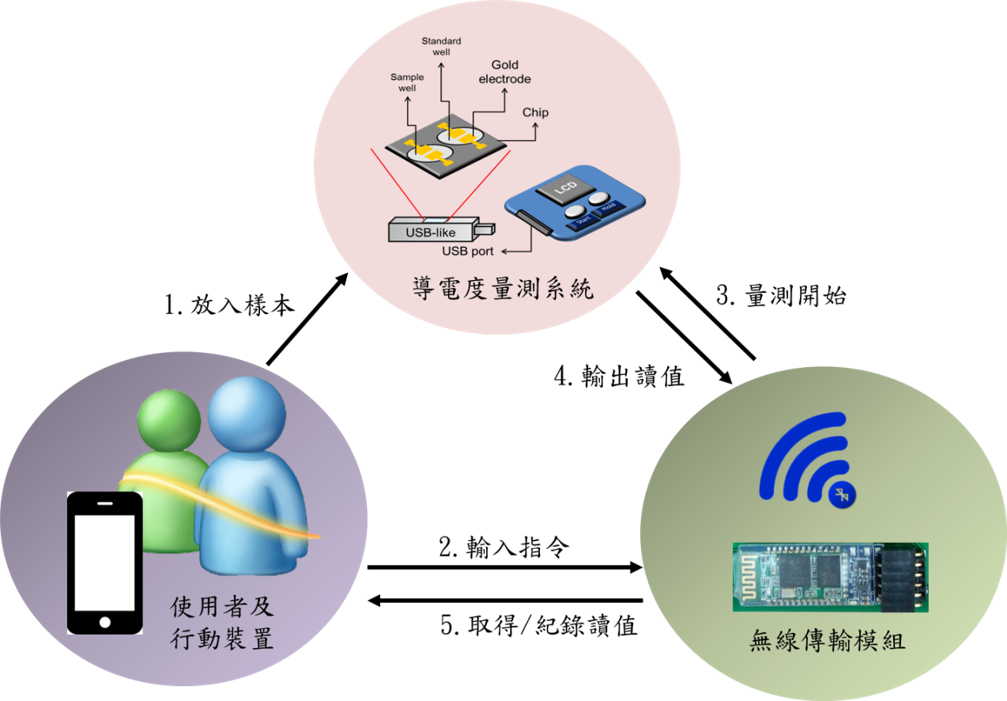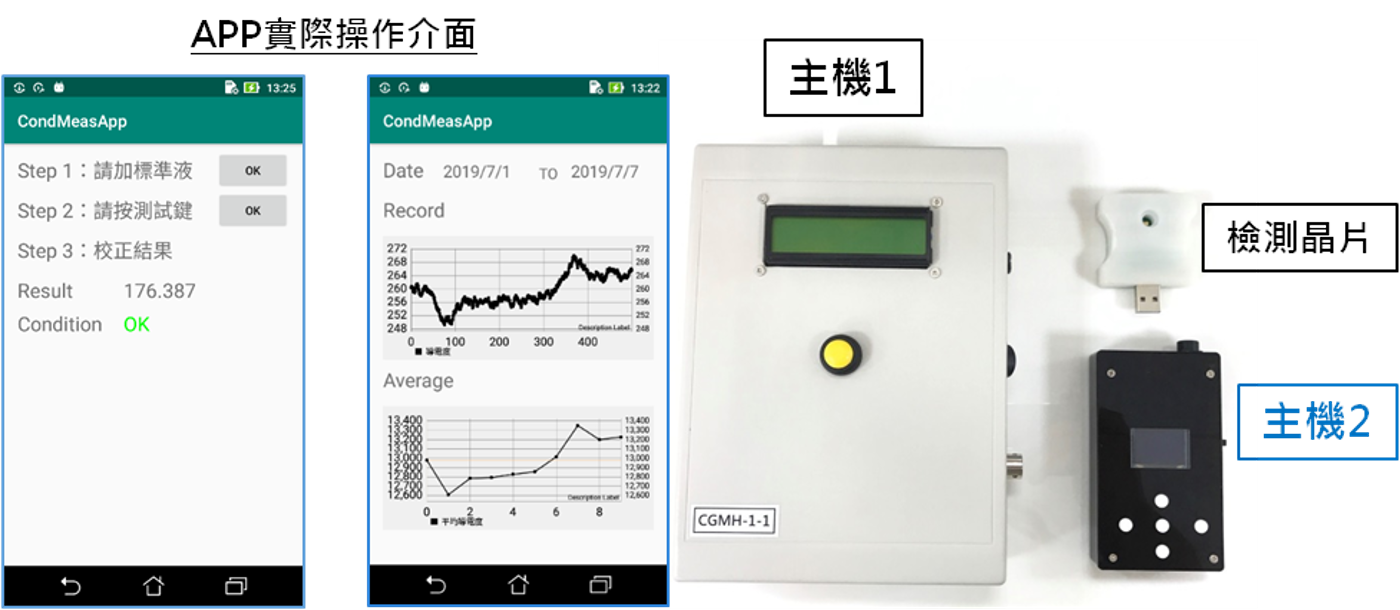Introduction
1. Diabetic patients often experience high blood sugar levels and poor hydration due to impaired kidney function.
2. The present invention uses a portable dehydration detector to evaluate hydration status by using human saliva instead of blood or urine. The results have a significant correlation between saliva conductivity and the blood glucose concentration, thereby achieving the purpose of detecting blood sugar.
3. This instrument's detection only takes 1 minute and is non-invasive, achieving the advantages of safety and convenience.
Features / strengths
1. Diabetic patients often experience high blood sugar levels and poor hydration due to impaired kidney function.
2. The present invention uses a portable dehydration detector to evaluate hydration status by using human saliva instead of blood or urine. The results have a significant correlation between saliva conductivity and the blood glucose concentration, thereby achieving the purpose of detecting blood sugar.
3. This instrument's detection only takes 1 minute and is non-invasive, achieving the advantages of safety and convenience.
Specification in detail
United States patent
US 10299678
european patent application
EP 329021




